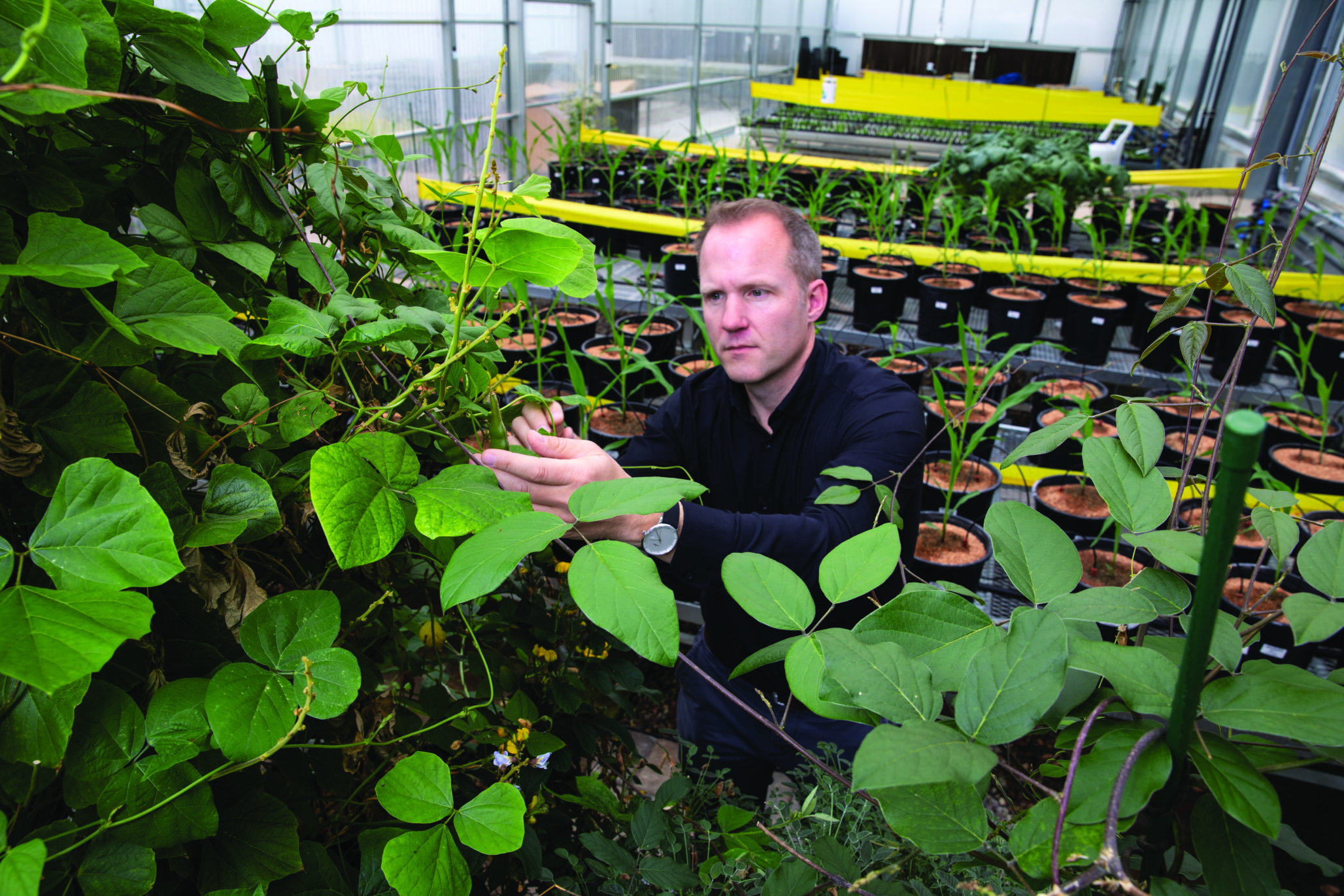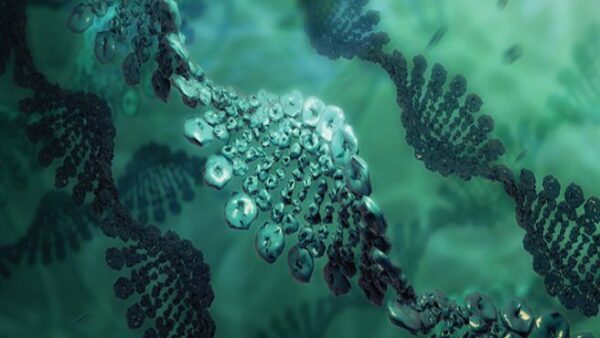Soybean is one of the most important crops cultivated around the world and it is the principal grain legume grown in the United States. It is valued because it has a high protein content, around 38%. And that high-protein content makes soybeans important for both human and animal nutrition. The Oct. 22 2021 Sustainable, Secure Food Blog looks at ways to use orange peels to improve the growth and yield of soybeans.
According to blogger Maria Leticia Pacheco da Silva, soybeans partner with a type of bacteria called rhizobacteria to turn airborne nitrogen into a usable nutrient for the plant. The roots of the soybeans have nodules, providing a home to rhizobacteria. The bacteria metabolize nitrogen into a form the soybeans can use and in return the soybean plant provides that home, and some sugars that help the bacteria growth. Other types of rhizobacteria can help plants absorb some nutrients and others can protect the plant against pathogens that cause diseases.
The rhizobacteria need “food” to grow and colonize the soybean roots in order to stimulate plant growth. One type of food source for some strains of rhizobacteria is a carbohydrate called pectin. Pectin is found in fruits and vegetables, and you may recognize it as an ingredient in jams and jellies.
Maria Leticia Pacheco da Silva’s team looked at reusing a by-product of the orange juice industry that contains pectin to find if it helped soybeans grow: orange peels. They have a high content of pectin. Because the peels are a by-product of orange juice production, they are inexpensive. This new usage of orange peels is a possible sustainable material that can increase crop yield.
They are specifically looking for rhizobacteria strains that can survive and grow using the pectin from orange peel and improve the yield of soybean in the field. The results obtained in a greenhouse experiment show that some soybeans are very responsive to this new treatment.
During the research, the rhizobacteria plus orange peel treatment could also increase the size of plant’s roots and the size and number of nodules. The team thinks that this can have a positive influence in the amount of nitrogen that soybean can fix from the atmosphere, increasing plant growth and yield without the need of nitrogen fertilizers, improving the sustainability of the agricultural systems.












